Table of Contents
As a beginner cook, you might feel overwhelmed by the variety of spices available. But with the right knowledge, you can easily enhance your dishes. This guide covers everything you need to know to start using spices confidently, from basic types to storage tips and blending techniques. Written by Chef Emily Johnson, a professional chef with over 10 years of experience in international cuisine. Her expertise has been featured in Food Network and Epicurious.
Introduction to Spice and Seasoning
Spices and seasonings transform ordinary ingredients into extraordinary meals, adding depth, aroma, and character to every dish. While the terms are often used interchangeably, they have subtle distinctions: spices come from dried plant parts like seeds or bark, while seasonings are blends of spices, herbs, and flavor enhancers. Understanding these differences is key to mastering flavor.
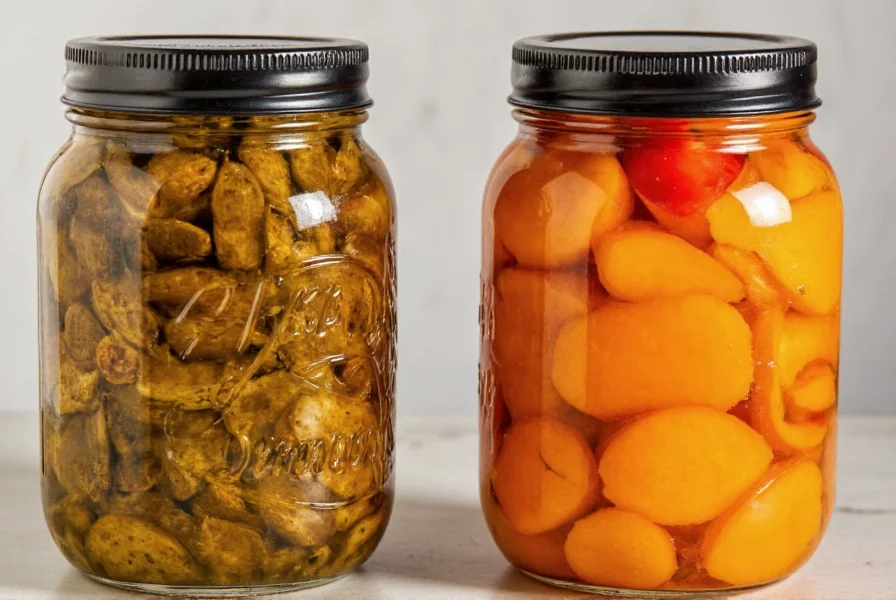
Whether grilling, roasting, or baking, knowing which spices to use and when makes all the difference. This guide provides actionable advice from culinary professionals to help you elevate your cooking from good to unforgettable.
Types of Spices and Seasonings
There are countless types of spices and seasonings, each with unique properties. Here's a detailed overview of popular options:
| Type | Description | Common Uses | Expert Tip |
|---|---|---|---|
| Black Pepper | A pungent, aromatic spice from dried unripe berries, originating in India. | Used in almost every savory dish, from meats to soups. | "Always grind fresh for maximum flavor. Pre-ground pepper loses potency within 6 months," says Chef Emily Johnson. |
| Cumin | A warm, earthy spice with nutty notes, native to the Mediterranean. | Essential in Mexican, Indian, and Middle Eastern cuisines. | Toast whole cumin seeds before grinding to unlock deeper flavors for tacos or curries. |
| Oregano | A fragrant herb with robust, slightly bitter taste, native to Greece. | Perfect for Italian dishes like pizza and pasta sauces. | Dried oregano is 3x more potent than fresh. Use sparingly in tomato-based sauces. |
| Salt | A mineral that enhances flavors and preserves food. Sea salt contains trace minerals. | Essential in all cooking, especially seasoning and curing. | Use Himalayan pink salt for finishing dishes to add subtle mineral complexity. |
| Garlic Powder | Dried garlic granules that add concentrated flavor without moisture. | Used in rubs, marinades, and seasoning blends. | Combine with onion powder for a balanced base in chili or roasted vegetables. |

Seasonings are combinations of spices and herbs. For example, Italian seasoning typically includes oregano, thyme, basil, and rosemary. Curry powder blends turmeric, cumin, coriander, and ginger. Region-specific blends like garam masala (Indian) or za'atar (Middle Eastern) offer authentic cultural flavors.
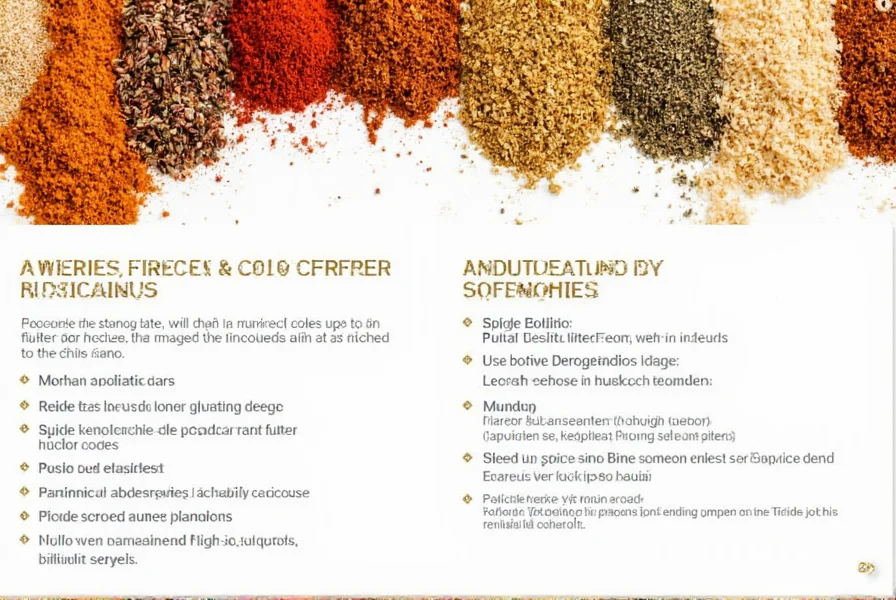
Essential Tips for Using Spices and Seasonings
Using spices correctly maximizes flavor and prevents common mistakes. Here are expert-backed tips:
- Start Small and Adjust Later: Over-seasoning is irreversible. Begin with 1/4 teaspoon per serving and taste before adding more.
- Use Fresh Spices: Ground spices lose potency in 6-12 months. Store in airtight containers away from heat and light. USDA guidelines recommend cool, dark storage for maximum freshness.
- Toast Whole Spices: Toast cumin or coriander seeds in a dry skillet for 1-2 minutes until fragrant to enhance oils and complexity.
- Pair Wisely: Paprika pairs perfectly with smoked meats; cinnamon adds warmth to baked goods. Try this blend for roasted vegetables: 1 tsp paprika, 1/2 tsp cumin, 1/4 tsp garlic powder, and pinch of salt.
- Experiment with Blends: Create your own mixtures. For Mexican-style seasoning: 2 parts chili powder, 1 part cumin, 1 part garlic powder.
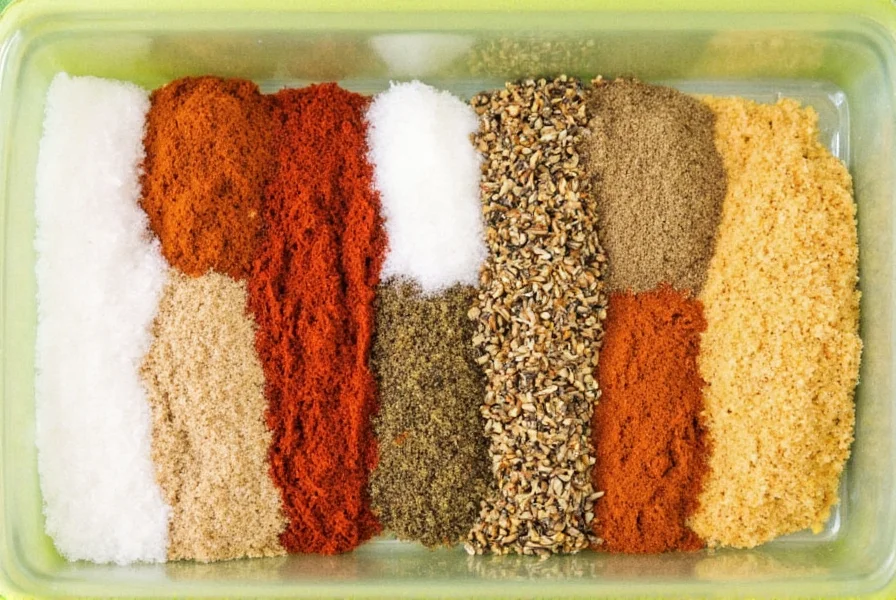
Balance is key. Too much cumin can overpower dishes, while excess chili powder makes food too spicy. Consider cooking methods: ground spices release flavor early, while fresh herbs added at the end retain vibrancy.
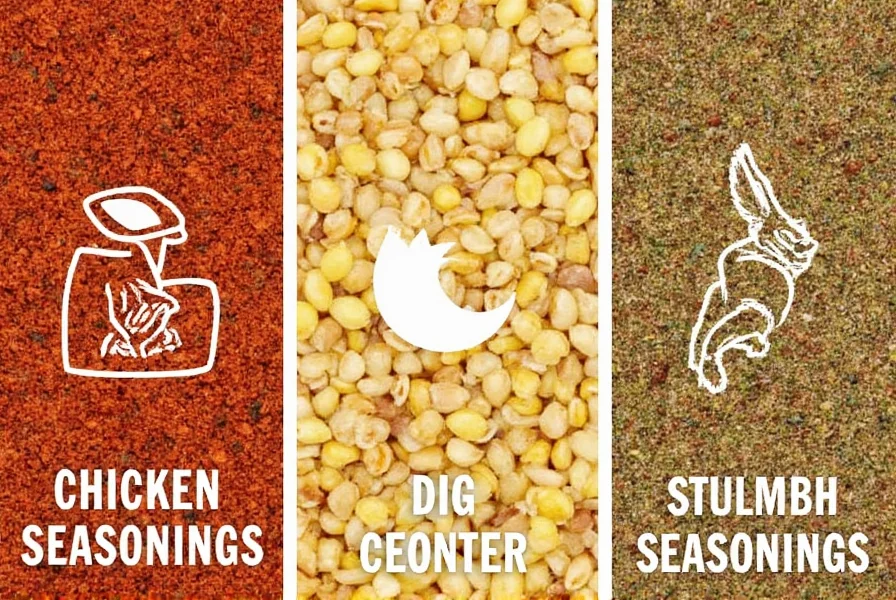
Buying Guide: Choosing the Right Spices
Picking the right spices can be overwhelming. Here's a practical guide:
Top 5 Must-Have Spices for Every Kitchen
- Black Pepper: Versatile and essential. Choose freshly ground pepper over pre-ground for optimal flavor.
- Cumin: Critical for Mexican and Indian dishes. Opt for organic whole seeds and grind as needed.
- Oregano: Ideal for Italian and Mediterranean dishes. Dried oregano is more potent—use sparingly.
- Salt: A fundamental ingredient. Try sea salt or Himalayan pink salt for extra minerals and flavor complexity.
- Garlic Powder: Convenient for rubs and marinades. Look for pure garlic without additives.
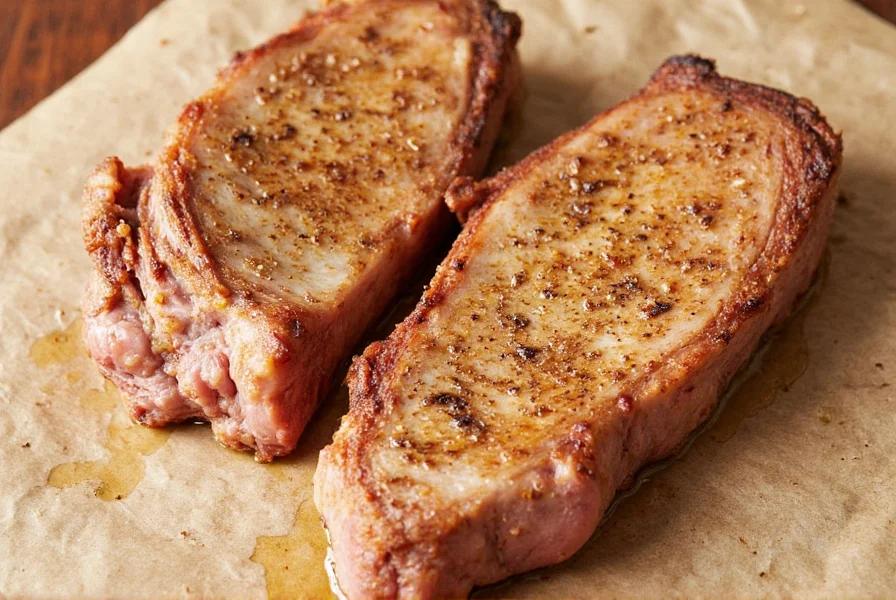
Recommended Seasoning Blends
- Italian Seasoning: Mix of oregano, basil, thyme, and rosemary. Perfect for pasta, pizza, and roasted vegetables.
- Smoky Paprika: Adds deep, smoky flavor to grilled meats and stews. Use in place of regular paprika for richer dishes.
- Mexican Chili Powder: Blend of chili peppers, cumin, and garlic. Ideal for tacos, enchiladas, and chili.
- Curry Powder: Turmeric, cumin, coriander, and ginger mix. Great for curries and rice dishes.
- Herbes de Provence: French blend with lavender, thyme, rosemary, and oregano. Perfect for roasted chicken and fish.
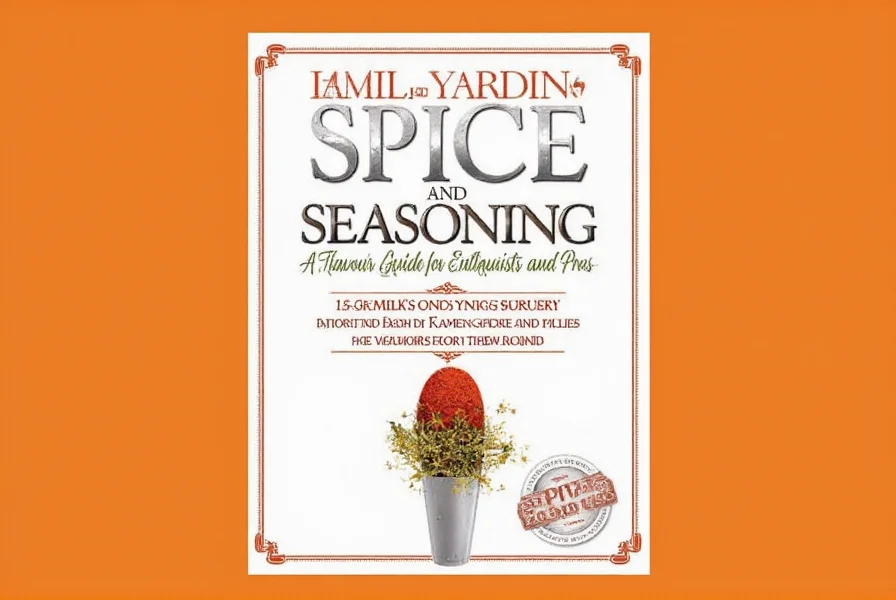
When purchasing, prioritize reputable brands with quality certifications:
- McCormick: Consistent quality for everyday use. Look for "freshness date" on packaging.
- Penzeys Spices: Premium blends with unique, small-batch options. Ideal for adventurous cooks.
- Kirkland Signature (Costco): Budget-friendly with good variety. Best for frequently used staples.
- Natural Value: Organic and non-GMO options for health-conscious buyers.
Frequently Asked Questions
How long do spices last before losing their potency?
Whole spices last 2-3 years; ground spices lose potency in 6-12 months. Test freshness by rubbing a pinch between fingers—if aroma is weak, replace it. Store in airtight containers away from heat, light, and moisture. For long-term storage of expensive spices like saffron, use freezer-safe containers.
What's the difference between herbs and spices?
Herbs come from leafy plant parts (e.g., basil, oregano), while spices originate from seeds, bark, roots, or flowers (e.g., cumin, cinnamon). Herbs are often used fresh or dried; spices are almost always dried. This affects flavor profiles: fresh herbs deliver bright, delicate notes, while dried spices provide concentrated, earthy depth.
Should I buy whole spices or ground spices?
Whole spices retain flavor longer and are more potent when freshly ground. Ideal for infrequently used items like cardamom or star anise. Ground spices offer convenience for daily staples like black pepper or paprika. For best results, grind whole spices as needed. A $20 manual grinder can transform your cooking.
How should I properly store my spices?
Store in airtight containers away from direct light, heat, and moisture. Keep away from stoves or dishwashers. Avoid refrigerators due to humidity risks. Label containers with purchase dates. For saffron or expensive spices, use freezer-safe containers. USDA guidelines confirm cool, dark storage maximizes shelf life.
Can I substitute fresh herbs for dried spices in recipes?
Yes, but adjust quantities: use 3x more fresh herbs than dried (1 tbsp fresh = 1 tsp dried). Add fresh herbs near the end of cooking to preserve delicate flavors. Dried herbs benefit from longer cooking to release oils. Note: Rosemary and thyme work better dried; basil and cilantro shine fresh.
Why do some recipes call for toasting spices before use?
Toast whole spices in a dry skillet over medium heat for 1-3 minutes until fragrant to release volatile oils and create deeper flavors. This is especially effective for cumin, coriander, and mustard seeds. Avoid burning—burnt spices taste bitter. Let cool before grinding for optimal results.

Conclusion
Spices and seasonings are the building blocks of flavor in any kitchen. Mastering them takes practice, but with the right knowledge, you can transform simple ingredients into extraordinary meals. Remember: balance, experimentation, and quality ingredients are key. Start with a few basics, expand gradually, and always trust your taste buds. For more expert tips, explore Food Network's spice guides or Epicurious' culinary resources.
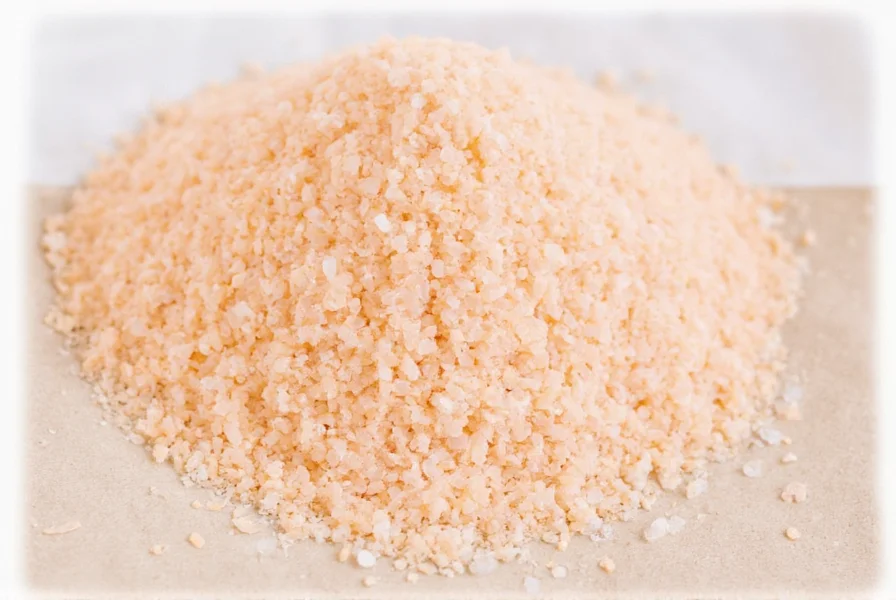

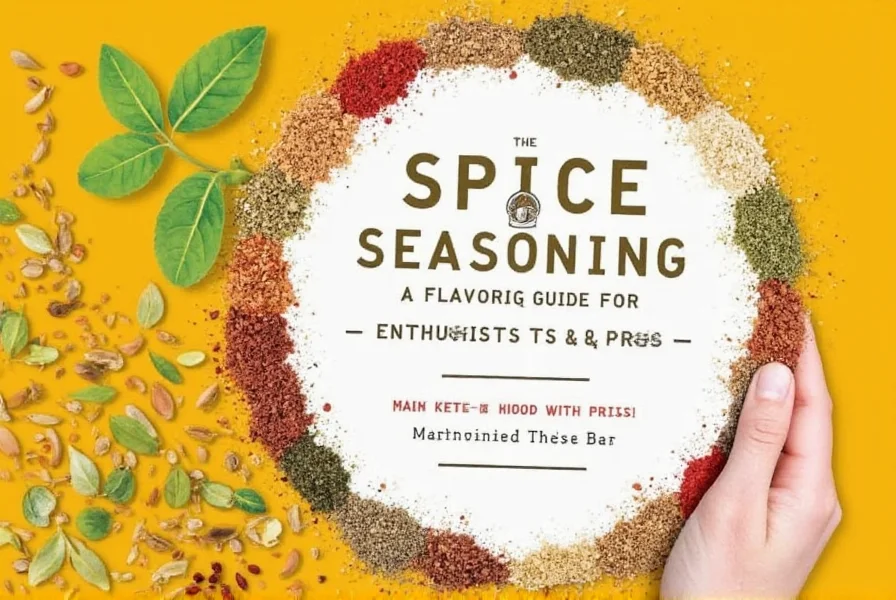









 浙公网安备
33010002000092号
浙公网安备
33010002000092号 浙B2-20120091-4
浙B2-20120091-4